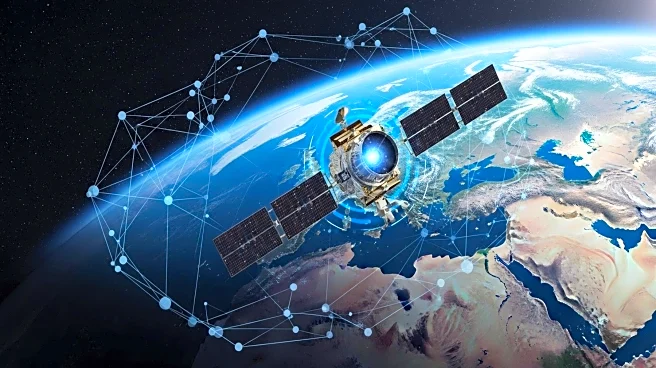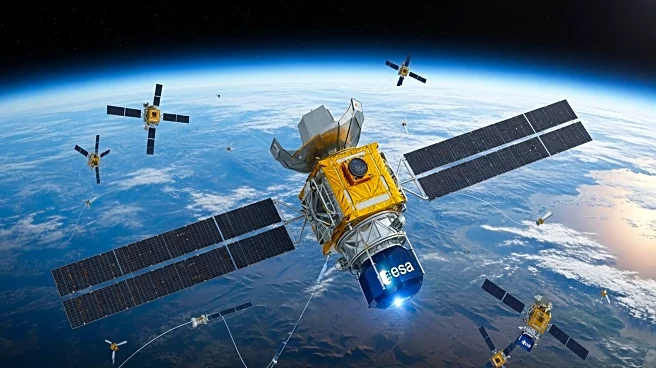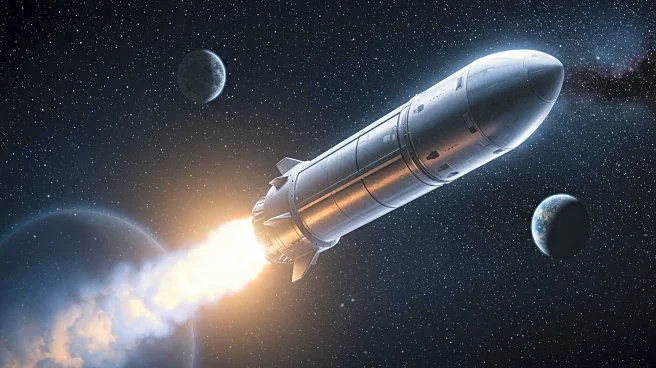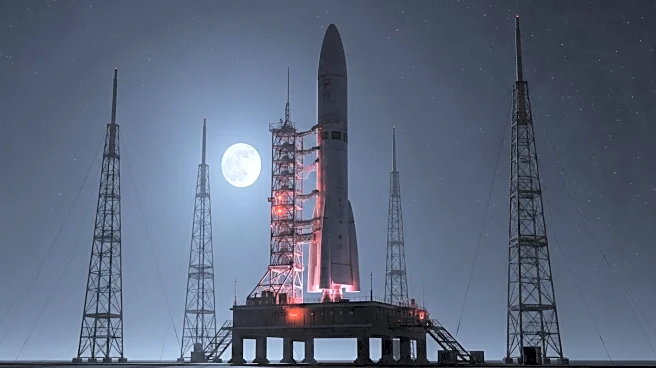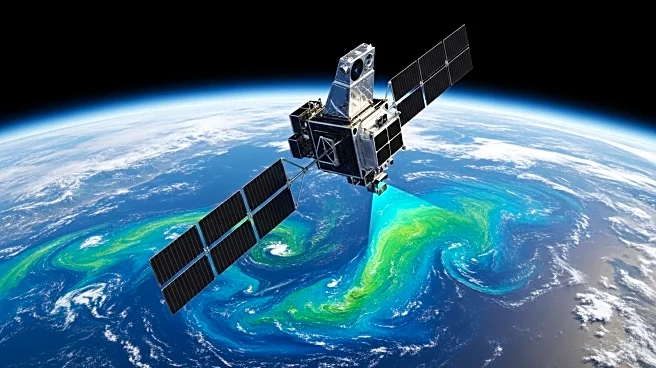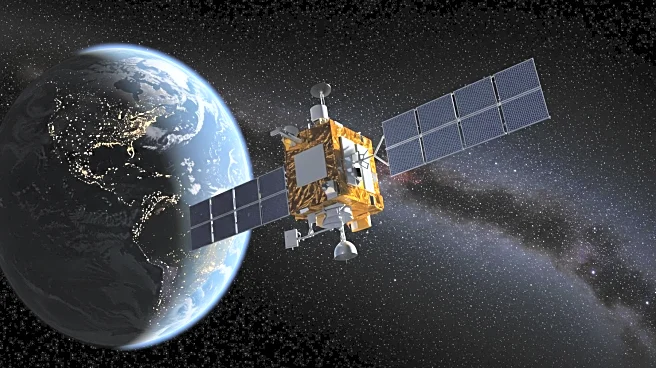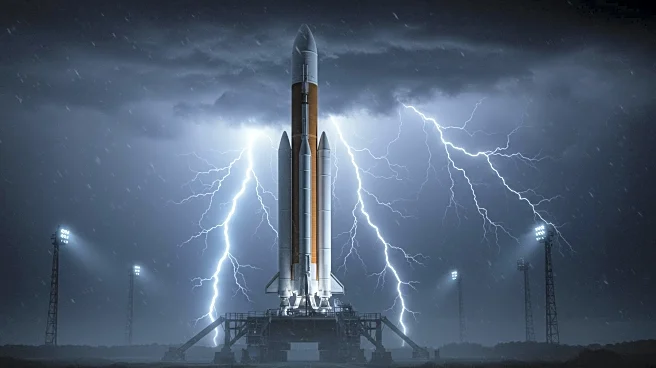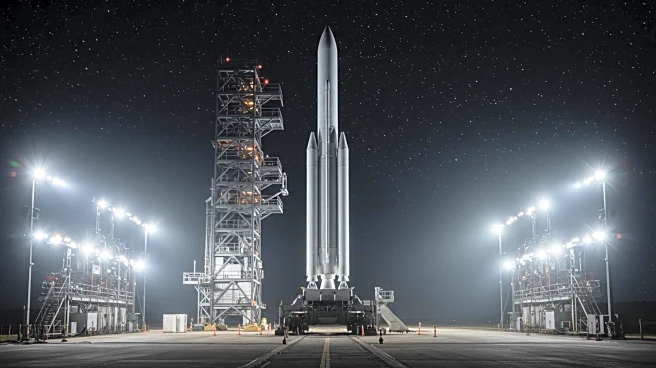Rapid Read • 6 min read
NASA, in collaboration with the European Space Agency (ESA), has advanced Earth monitoring capabilities through the Harmonized Landsat and Sentinel-2 (HLS) project. This initiative combines data from Landsat and Sentinel-2 satellites to provide more frequent and detailed observations of Earth's land surface. The HLS Version 2.0 offers a global median repeat frequency of 1.6 days, significantly improving the ability to monitor short-term events like floods and urban growth. The project aims to address the limitations of Landsat's eight-day revisit time by integrating Sentinel-2 data, thus enhancing disaster recovery and agricultural planning.
AD
The HLS project is crucial for improving land monitoring systems, which are vital for disaster management, agricultural planning, and environmental conservation. By providing more frequent observations, the project supports various stakeholders, including farmers, ranchers, and emergency management agencies, in making informed decisions. The integration of satellite data helps track changes in vegetation, urbanization, and natural disasters, offering valuable insights for policy-making and resource management.
Future developments in the HLS project include the launch of additional Sentinel and Landsat satellites, which will further enhance data frequency and quality. NASA is working on improving algorithms for seamless data harmonization and cloud masking, aiming to provide a low-latency surface reflectance product. These advancements will continue to meet the growing demand for high-quality satellite observations, supporting global land monitoring efforts.
AD
More Stories You Might Enjoy
